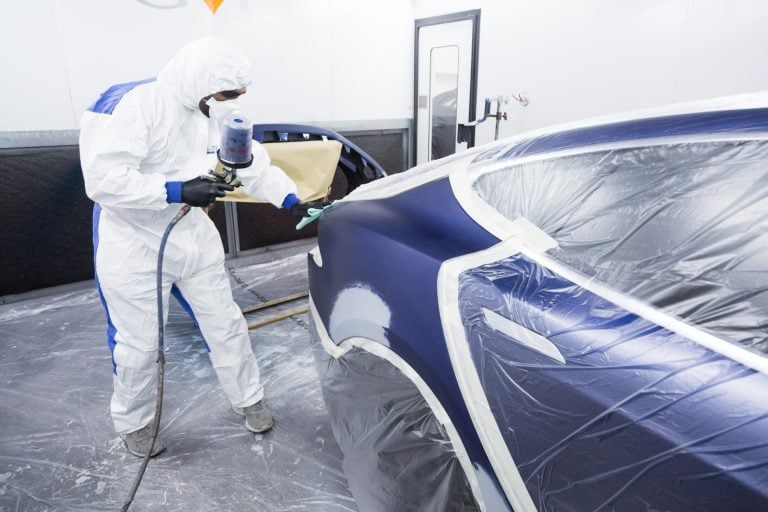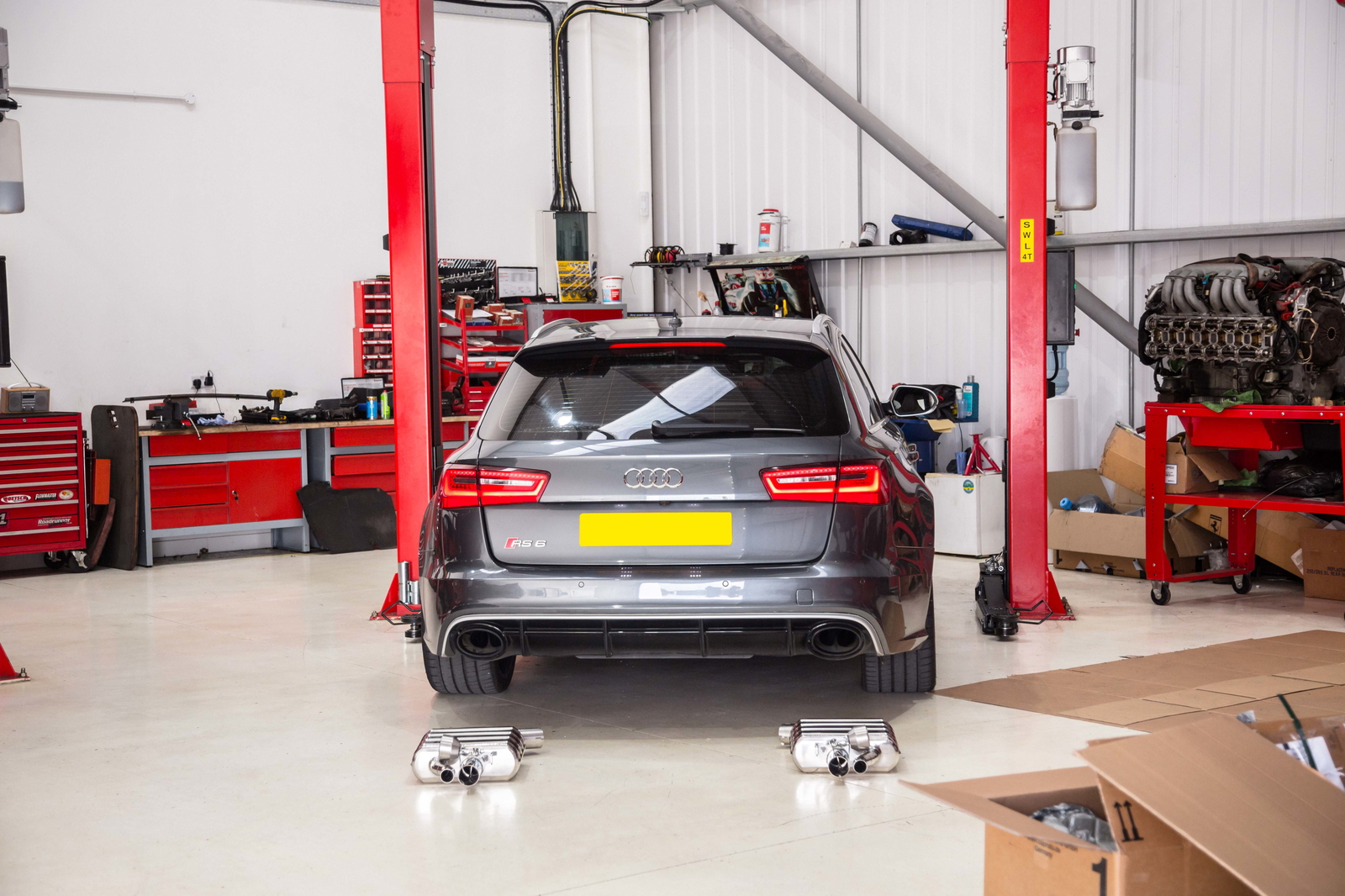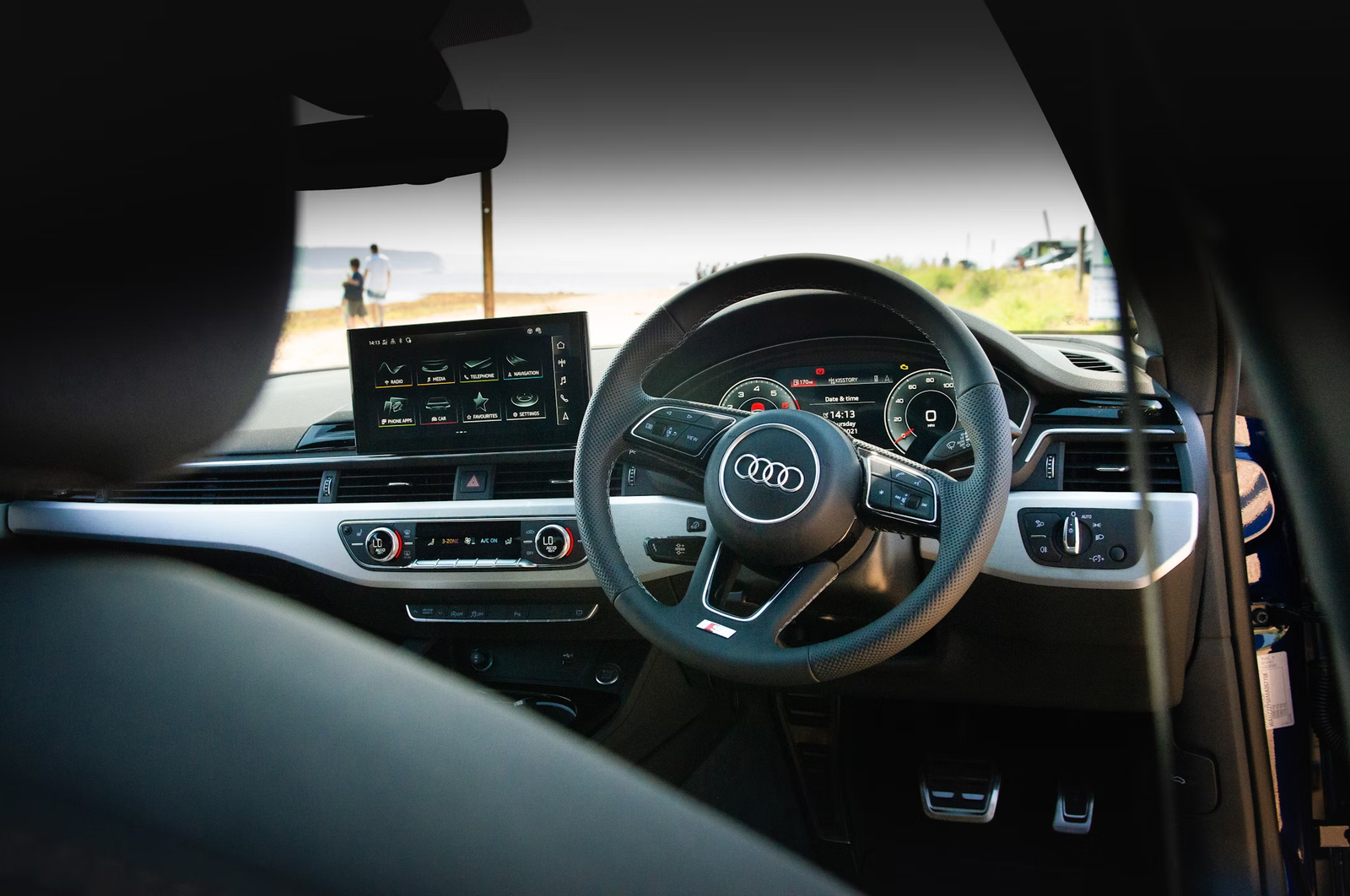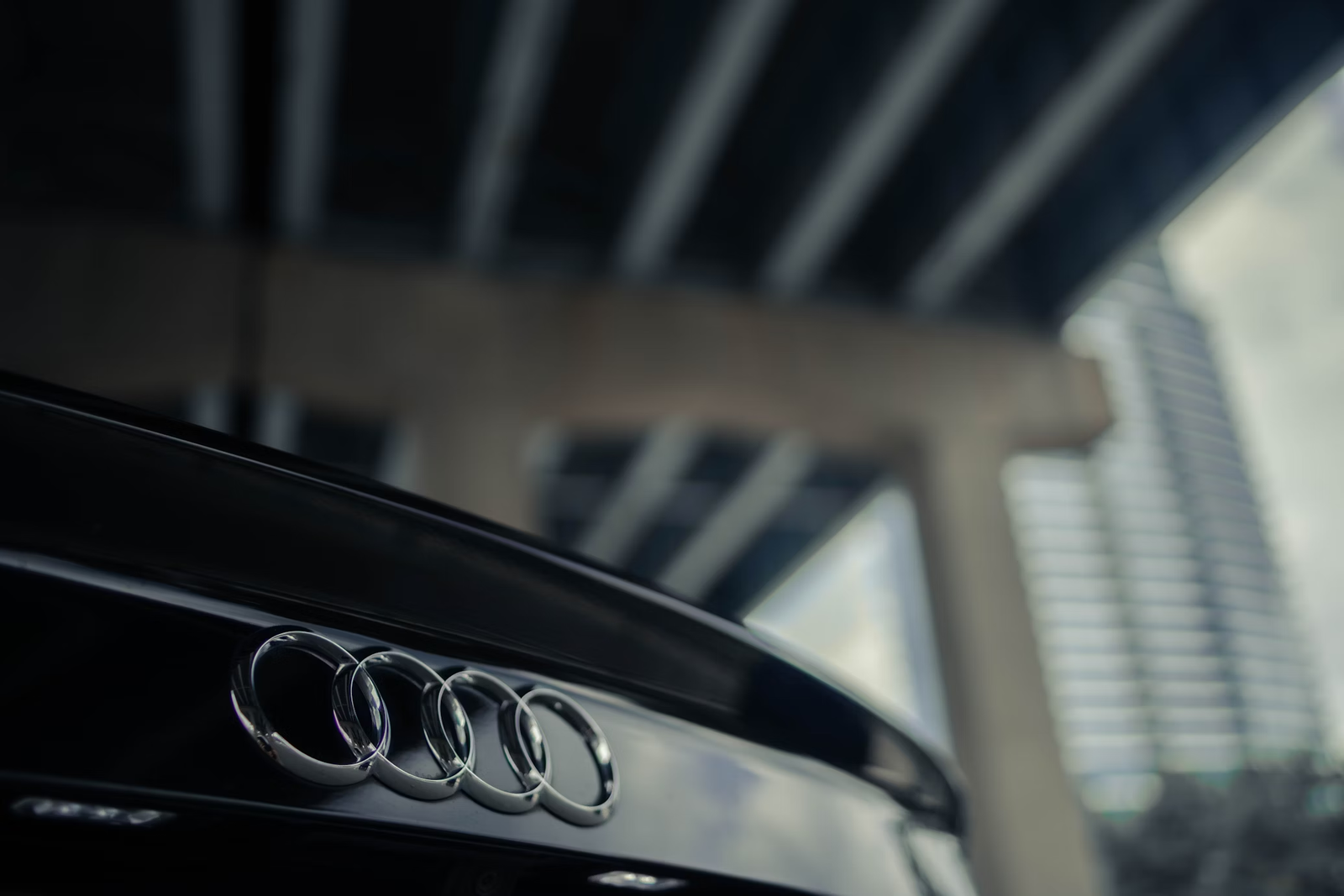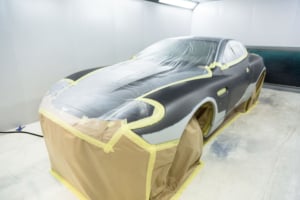- Servicing Case Studies
Top 10 Tips for Passing Your MOT Test the First Time | GVE London – Blog
Prepare for your MOT test with essential tips to boost your car's safety and performance. Follow our checklist to pass on the first attempt and avoid costly repairs.
Prepping your car for the upcoming MOT test is a strenuous experience, mainly with the stakes to avoid any sort of repair costs and the inconveniences related to the retest. The MOT test or the Ministry of Transport test will ensure that the vehicle is meeting the safety and environmental standards of the UK. While passing, it remains important to make your vehicle legally adhere to the road laws. Although things might appear daunting at first, the good news here is that a couple of meticulous preparations and a little knowledge of know-how can help you establish yourself for success during the initial attempt. The MOT checklist covers the essential things one should understand to pass the MOT test and retain the pristine condition of the car.
Essential Tips to Pass Your MOT Test with Confidence
Let us go through the key tips that will offer your car the ideal scope for passing the MOT on the first go. Following these astonishing steps will help the possibilities of your car to boost its overall performance and safety.
1. Check Your Lights and Indicators
One of the critical reasons for failing in MOT tests is the faulty lighting. Carefully inspect the different lights, including the sidelights, headlights, brake lights, tail lights, indicators, and reversing lights, or any of these fail at functioning, leading to failure. An authorised supercar service centre like GVE London ensure the replacing of the burnt-out bulbs prior to the test along with cleaning the lights and covering the additional brightness. If you are unsure of how to replace the bulb, try consulting the vehicle manuals or professional help.
2. Ensure Tyres Are in Good Condition
The tyres play a critical part in the MOT test as they are important to determine the performance and safety of the vehicle. Try to inspect the tyres for their tread depth and check for any sort of bulges, cracks, or cuts. It is often the ideal idea of inflating them to the already recommended pressure as it helps to enhance the safety and handling process. Also, inspect the spare tyres if you have one, as it is good to test them as well.
3. Test the Brakes
Brakes are yet another common MOT fail point, as they are important to retain the safety of the vehicle. To inspect them on your own, press onto the brake pedal to check if they appear firm instead of spongy while hearing out for any sort of unusual sounds. The grinding or sealing noises often indicate the worn-out brake pads while pulling them to one side and braking for uneven wear. Address any signs of braking issues with the expert mechanic prior to the test, ensuring better safety.
4. Inspect Wipers and Windscreen
The Windscreen wipers are essential compared to what several of the drivers will realise as the performance gets tested too. Inspect for any sort of streaks while wiping and replacing the wiper blades that are not cleaning appropriately. Ensure that the windscreen is clear from any sort of chips or cracks or even the smaller chips under the view of the driver that lead to a failure. The cleaner windscreen enhances the visibility to make the driving safer in its entirety.
Read Also: Can I Skip MOT On My Vehicle?
5. Top Up Fluids
There are different important fluids present in your car that get inspected during the MOT process. Try to ensure that the washer fluid reservoir of the windshield runs out, leading to failure. Furthermore, inspect the brake fluid and check for the engine oil and the coolant levels, ensuring that it gets topped to the recommended levels. Properly maintaining the fluid levels enhances the car’s lifespan and efficiency to make things easier to pass the MOT test.
6. Examine Mirrors
Mirrors are considered one of the most important safety features that often get overlooked. Ensure that both ends of the mirrors and the rear-view mirror stay clean and intact and offer a clear view of the road that is behind. If you find your mirrors cracked or loose, they should be replaced or repaired before the test. Ensure properly adjusting the clear mirrors to make driving safer with the fundamental needs of the MOT.
7. Check Seatbelts
The seatbelts are often one of the initial things the MOT tester will often inspect, therefore ensuring that they are in good working condition. Inspect each belt for any sort of damage or fraying and test that the lock is secure whenever it gets pulled. Every belt should retract seamlessly and lock securely whenever they get clicked in. If you are having child seats, try ensuring that they are appropriately installed and that the seatbelt fittings are secure with the issues leading to test failure.
8. Test the Horn
The horn often appears like a small detail; however, the malfunctioning horn eventually leads to a failed MOT. Press onto the horn, briefly inspecting whether it works at the right volume. If it fails to make a noise or sounds faint, you will have to inspect it and fix it. A well-functioning horn remains important to signal and keep you safe on the road.
9. Look at Emissions
The emissions test is much needed to comply with the environment with the frequent daily point, mainly for the older vehicles. Try considering the pre-MOT emissions test or taking the drive at higher rates of RPMs to aid in reducing the buildup of soot within the exhaust system. Diesel owners would often consider the use of fuel additives to help minimise emissions. It is an easier check to help keep the emissions under acceptable limits to ensure that you are passing this part of the MOT.
10. Clear Out Unnecessary Clutter
Although clutter itself won’t cause a failure, it does allow the MOT tester to check areas such as the boot, seatbelts, or other elements easily. Eliminate everything that may interfere with the tester so that if parts cannot be accessed, it leads to delaying or even failing your car. Plus, a clean car also projects a good impression as well as says something about you being serious about the regular maintenance of your vehicle.
Conclusion
Preparing for an MOT doesn’t have to be daunting. Top tips and a little extra care can go a long way to making it pass on the first attempt. Supercar owners or any individual requiring that little bit of extra peace of mind can rest assured that GVE London has all the comprehensive services to keep your vehicle in show-tough condition. From full supercar servicing to the highest levels of detailing at luxury to wrapping and even repair, GVE London ensures that it will not only be ready for your MOT but also running at its best.
Frequently Asked Questions
You will be handed a ‘refusal of MOT test certificate’ outlining the defects that need to be made good before you can legally drive the vehicle again.
Driving without an MOT is a criminal offense, except if you are taking your car to a pre-booked MOT test or garage to have it repaired.
In the UK, all road-going vehicles with a gross vehicle weight of less than 3,500 kilograms, three years and older, must undergo an annual MOT test for road safety and environmental compliance.
Contact Us
"*" indicates required fields
OUR SERVICES
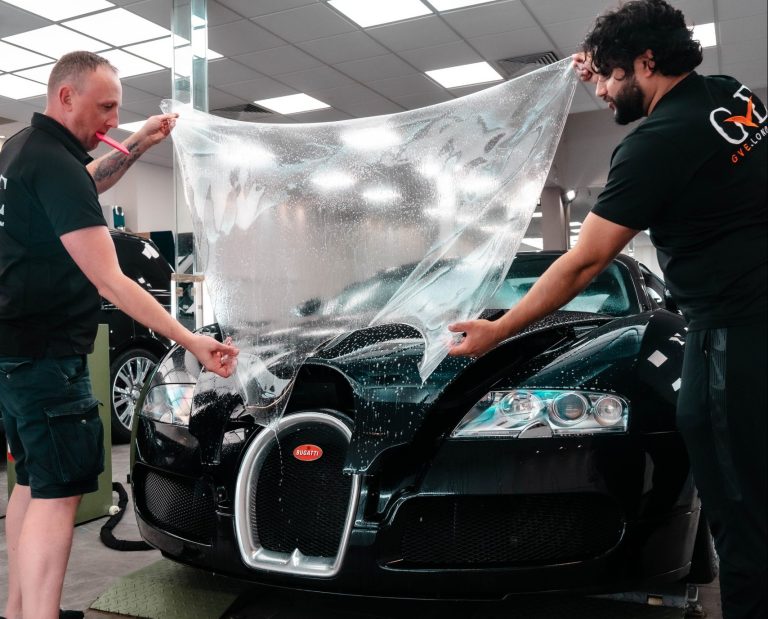
PAINT PROTECTION FILM
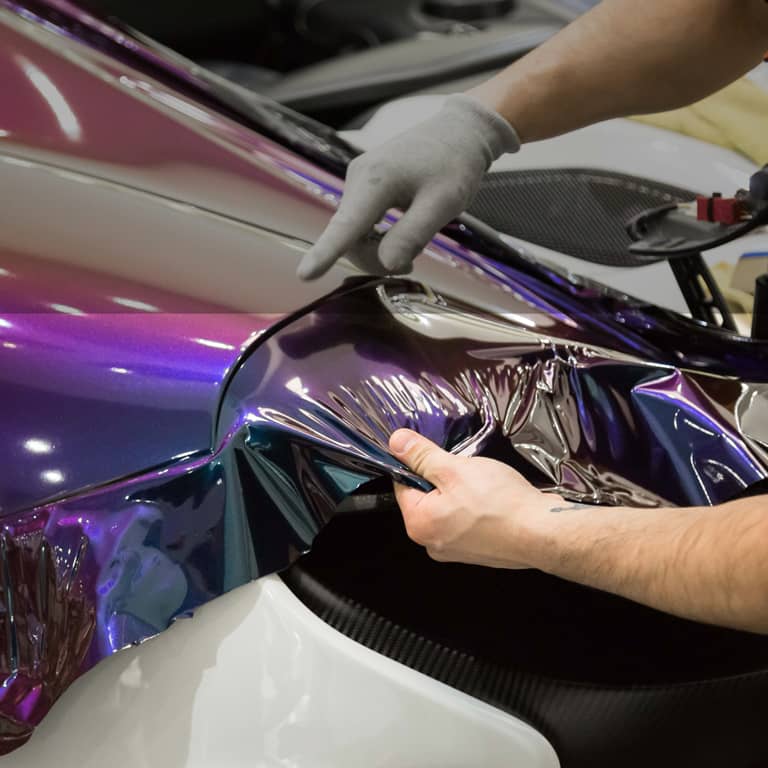
WRAPPING
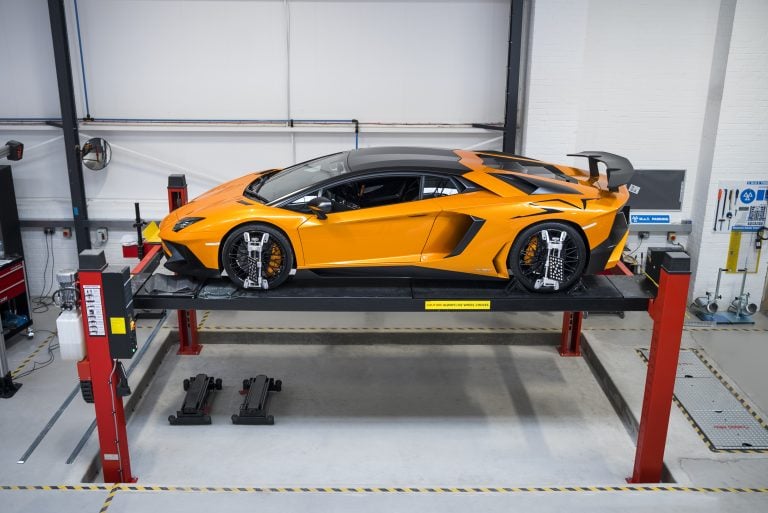
SERVICING
